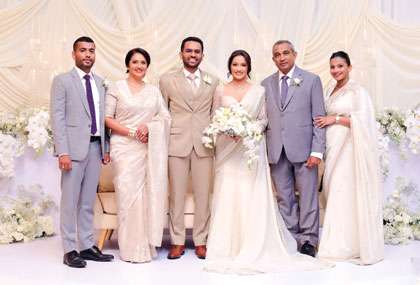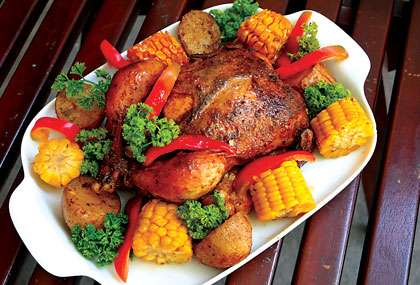Eid-ul-Adha
Eid-ul-Adha marks the end of Hajj, the sacred pilgrimage to the holy city Mecca. It’s customary for every able Muslim to go on a Hajj at least once during his lifetime. Also popularly known as the Festival of Sacrifice, this Muslim holiday Eid-ul-Adha commemorates Prophet Abraham’s unselfish act of sacrificing his own son Ishmael to Allah.
History The history behind Eid-ul-Adha follows the story of the faithful Abraham, who was instructed by Allah in a dream to raise the foundations of Kaaba, a black stone, the most sacred Muslim shrine in Mecca. Immediately responding to the God’s call, Abraham set off for Mecca along with his wife and son, Ishmael. At that time, Mecca was a desolate and barren desert and Abraham had to face a lot of hardship. However, he supplicated Allah’s commands uncomplaining. In a divine dream, he also saw himself sacrificing his son Ishmael for Allah’s sake. When he told this to Ishmael, the latter immediately asked his father to carry out God’s commands without faltering and assured that he was completely ready to give up his life for God. But miraculously enough, when Abraham was about to sacrifice Ishmael, Allah spared the boy’s life and replaced him with a lamb. And this is what Abraham ultimately sacrificed.
What does Eid al-Adha commemorate? During Hajj, Muslims remember and commemorate the trials and triumphs of the Prophet Abraham. One of Abraham’s main trials was to face the command of Allah to kill his only son.
Why do Muslims sacrifice an animal on this day? During the celebration of Eid ul-Adha, Muslims commemorate and remember Abraham’s trials, by themselves slaughtering an animal such as a sheep, camel, or goat. This action is very often misunderstood by those outside the faith. According to the Quran, human beings have been given power over animals and allowed to eat meat, but only if God’s name is pronounced at the solemn act of taking a life. By saying the name of Allah at the time of slaughter, it is reminded that life is sacred. The meat from the sacrifice is mostly given away to others. One-third is eaten by immediate family and relatives, one-third is given away to friends, and one-third is donated to the poor. The act symbolizes the willingness to give up things that are beneficial or close to the heart, in order to follow Allah’s commands. It also symbolizes the willingness to give up some of our own bounties, in order to strengthen ties of friendship and help those who are in need. The symbolism is in the attitude - a willingness to make sacrifices in order to stay on the straight path.
What do Muslims do to celebrate the holiday? On the first morning of Eid al-Adha, Muslims around the world attend morning prayers at their local mosques. Prayers are followed by visits with family and friends, and the exchange of greetings and gifts. At some point, members of the family will visit a local farm or otherwise will make arrangements for the slaughter of an animal. The meat is distributed during the days of the holiday or shortly thereafter.
Source-Internet
Leave a reply
Reply To:
Name - Reply Comment







Comments